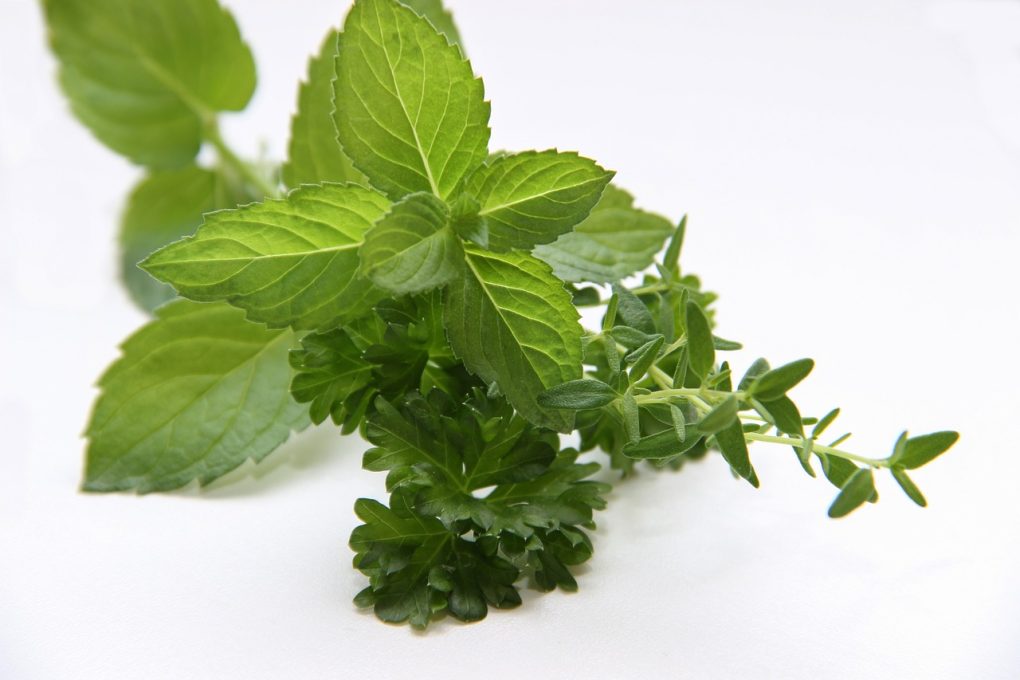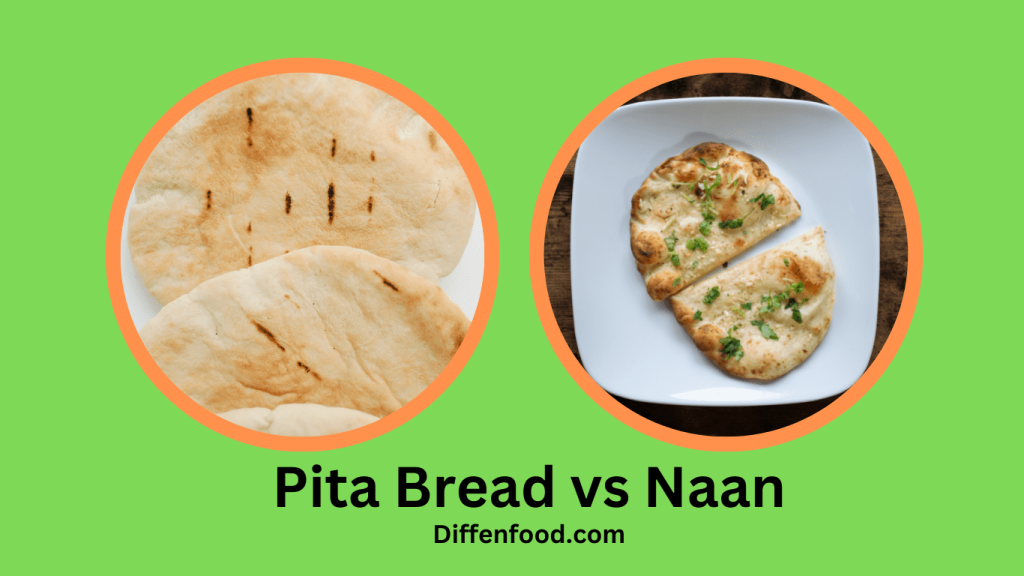
Oat bran and oat flour are two popular ingredients that are commonly used in cooking and baking. Both are derived from oats, but they have different nutritional profiles and uses. Understanding the differences between oat bran and oat flour can help you make better choices when it comes to your diet and health. In this article, we’ll explore the differences between oat bran and oat flour, their health benefits, recipes, and which one is better for you.
Differences between Oat Bran and Oat Flour

Oat bran is the outer layer of the oat grain that is removed during the milling process of oatmeal. It is high in fiber, protein, and essential vitamins and minerals. Oat bran has a slightly sweet and nutty flavor and a coarse texture. It is often used as a supplement in baked goods or added to hot cereals, smoothies, and yogurt.
Oat flour, on the other hand, is made by grinding whole oats into a fine powder. It is also high in fiber, protein, and essential vitamins and minerals. Oat flour has a mild, slightly sweet flavor and a smooth texture. It is often used as a substitute for wheat flour in baking recipes, such as bread, muffins, and pancakes.
Nutritional Profiles: Oat Bran Vs Oat Flour
Oat bran and oat flour are both nutrient-dense foods that offer many health benefits. Oat bran is higher in fiber than oat flour, with about 14 grams of fiber per 100 grams compared to 10 grams of fiber per 100 grams in oat flour. Fiber is important for regulating digestion, promoting satiety, and reducing the risk of chronic diseases, such as heart disease, diabetes, and cancer.
Oat bran is also higher in protein and essential vitamins and minerals than oat flour. It contains more iron, magnesium, phosphorus, and zinc than oat flour. Oat flour, on the other hand, is lower in fat and calories than oat bran. It contains about 360 calories per 100 grams, while oat bran contains about 246 calories per 100 grams.
Processing Methods: Oat Bran Vs Oat Flour

The processing methods for oat bran and oat flour differ as well. Oat bran is produced by removing the outer layer of the oat grain, which is rich in fiber and nutrients. The remaining inner part of the grain is then ground into oat flour. Oat flour is produced by grinding whole oats into a fine powder, without removing any of the parts of the grain.
Uses in Cooking and Baking
Oat bran and oat flour are versatile ingredients that can be used in a variety of cooking and baking recipes. Oat bran is commonly used as a supplement in baked goods, such as muffins, bread, and cookies. It can also be added to hot cereals, smoothies, and yogurt to increase fiber and protein intake. Oat bran can help improve the texture and moisture of baked goods, making them more tender and moist.
Oat flour is often used as a substitute for wheat flour in baking recipes, such as bread, muffins, and pancakes. It can also be used as a thickener for soups and stews. Oat flour is an excellent gluten-free alternative to wheat flour, making it a great option for people with celiac disease or gluten intolerance.
Health Benefits For Oat Bran and Oat Flour

Oat bran and oat flour offer many health benefits due to their high fiber and nutrient content. Here are some of the health benefits of incorporating oat bran and oat flour into your diet:
- High Fiber Content
Both oat bran and oat flour are high in soluble and insoluble fiber, which can promote healthy digestion, reduce cholesterol levels, and regulate blood sugar levels. Fiber also helps promote satiety and weight management.
- Cholesterol-lowering Effects
Oat bran contains a type of soluble fiber called beta-glucan, which has been shown to reduce LDL (bad) cholesterol levels in the blood. This can help reduce the risk of heart disease and stroke.
- Potential Role in Reducing the Risk of Certain Diseases
Oat bran and oat flour are rich in antioxidants, which can help reduce inflammation and oxidative stress in the body. This can help reduce the risk of chronic diseases, such as cancer, diabetes, and Alzheimer’s disease.
Recipes Using

Here are some delicious recipes using oat bran and oat flour:
Oat Bran Muffins
Ingredients:
- 1 cup oat bran
- 1/2 cup oat flour
- 1/4 cup brown sugar
- 1 tsp baking powder
- 1/2 tsp baking soda
- 1 tsp cinnamon
- 1/2 cup unsweetened applesauce
- 1/2 cup almond milk
- 1 egg
Instructions:
- Preheat oven to 375°F.
- Mix oat bran, oat flour, brown sugar, baking powder, baking soda, and cinnamon in a bowl.
- In another bowl, mix applesauce, almond milk, and egg.
- Add wet ingredients to dry ingredients and mix well.
- Pour batter into a muffin tin sprayed with nonstick spray.
- Bake for 20 minutes or until a toothpick comes out clean.
- Oat Flour Pancakes
Ingredients:
- 1 cup oat flour
- 1 tbsp baking powder
- 1/4 tsp salt
- 1/4 tsp cinnamon
- 1 cup almond milk
- 1 egg
- 1 tbsp honey
Instructions:
- Mix oat flour, baking powder, salt, and cinnamon in a bowl.
- In another bowl, mix almond milk, egg, and honey.
- Add wet ingredients to dry ingredients and mix well.
- Heat a nonstick skillet over medium heat.
- Pour batter onto skillet and cook until bubbles form on the surface.
- Flip pancake and cook until golden brown on the other side.
- Oatmeal Cookies
Ingredients:
- 1/2 cup oat flour
- 1/2 cup rolled oats
- 1/4 cup brown sugar
- 1/4 cup white sugar
- 1/4 cup coconut oil
- 1 egg
- 1 tsp vanilla extract
- 1/2 tsp baking soda
- 1/2 tsp salt
- 1/2 cup dark chocolate chips
Instructions:
- Preheat oven to 350°F.
- Mix oat flour, rolled oats, brown sugar, white sugar, baking soda, and salt in a bowl.
- In another bowl, mix coconut oil, egg, and vanilla extract.
- Add wet ingredients to dry ingredients and mix well.
- Fold in chocolate chips.
- Drop tablespoonfuls of dough onto a baking sheet lined with parchment paper.
- Bake for 12-15 minutes or until golden brown.
Which Is Better?

The choice between oat bran and oat flour depends on personal preference and dietary needs. Oat bran is higher in fiber, protein, and essential vitamins and minerals, making it a great option for those looking to increase their nutrient intake. Oat flour is a better option for those with gluten intolerance or celiac disease, as it is gluten-free.
Factors to consider when choosing between oat bran and oat flour include taste, texture, nutritional value, and ease of use in recipes. Oat bran has a coarser texture and nuttier flavor, while oat flour has a smoother texture and milder flavor. Oat bran is best used as a supplement in baked goods, while oat flour is a great substitute for wheat flour in baking recipes.
Comparison in terms of weight loss
Incorporating oat bran and oat flour into a weight loss diet can be beneficial due to their high fiber content. Fiber promotes satiety and can help reduce overall calorie intake, leading to weight loss. Oat bran and oat flour can also help regulate blood sugar levels, reducing cravings and hunger pangs.
Conclusion
Oat bran and oat flour are two popular ingredients that offer many health benefits. Understanding the differences between the two can help you make better choices when it comes to your diet and health. Incorporating both into a healthy diet can help promote healthy digestion, reduce cholesterol levels, and reduce the risk of chronic diseases. Try incorporating oat bran and oat flour into your favorite recipes today!





